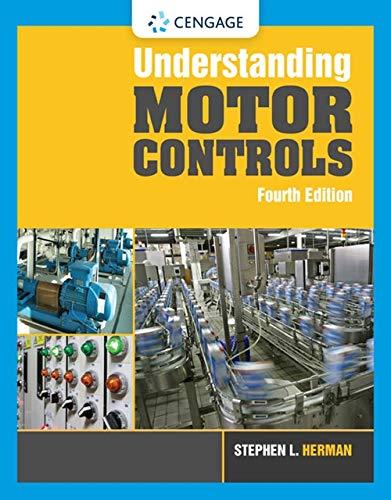A view of a surface that is neither parallel nor perpendicular to any of the principal planes in the viewing cube, is a. inclined C. normal b. oblique. d. un-interpretable. A normal view of a surface is one that a. is perpendicular to the line of sight. c. will produce an edge view in a single adjacent projection. d. displays the true size and shape of the surface (true length lines, etc.) e. all of the above. b. is parallel to the projection plane. Other techniques (besides the 45° miter line) are available for solving problems using the principles of orthographic projection. a. True b. False
A view of a surface that is neither parallel nor perpendicular to any of the principal planes in the viewing cube, is a. inclined C. normal b. oblique. d. un-interpretable. A normal view of a surface is one that a. is perpendicular to the line of sight. c. will produce an edge view in a single adjacent projection. d. displays the true size and shape of the surface (true length lines, etc.) e. all of the above. b. is parallel to the projection plane. Other techniques (besides the 45° miter line) are available for solving problems using the principles of orthographic projection. a. True b. False
Understanding Motor Controls
4th Edition
ISBN:9781337798686
Author:Stephen L. Herman
Publisher:Stephen L. Herman
Chapter20: Photodetectors
Section: Chapter Questions
Problem 7RQ: What is the advantage of a photodetector that uses a reflector to operate?
Related questions
Question
Please solve these all three questions. It's multiple choice type question. Only one answer is correct

Transcribed Image Text:A view of a surface that is neither parallel nor perpendicular to any of the principal planes in the viewing
cube, is
a. inclined
C. normal
b. oblique.
d. un-interpretable.
A normal view of a surface is one that
a. is perpendicular to the line of sight.
c. will produce an edge view in a single adjacent projection.
d. displays the true size and shape of the surface (true length lines, etc.) e. all of the above.
b. is parallel to the projection plane.
Other techniques (besides the 45° miter line) are available for solving problems using the principles of
orthographic projection.
a. True
b. False
Expert Solution
This question has been solved!
Explore an expertly crafted, step-by-step solution for a thorough understanding of key concepts.
This is a popular solution!
Trending now
This is a popular solution!
Step by step
Solved in 2 steps with 2 images

Recommended textbooks for you

Understanding Motor Controls
Mechanical Engineering
ISBN:
9781337798686
Author:
Stephen L. Herman
Publisher:
Delmar Cengage Learning

Understanding Motor Controls
Mechanical Engineering
ISBN:
9781337798686
Author:
Stephen L. Herman
Publisher:
Delmar Cengage Learning